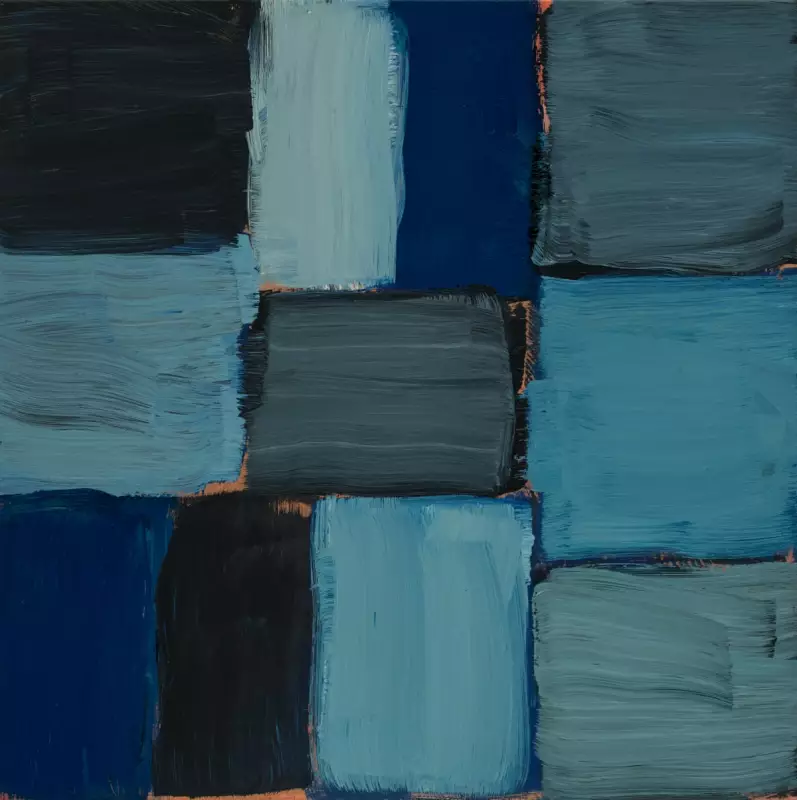
In the grand, classical spaces of Houghton Hall, something remarkable is happening. Sean Scully's Mirroring exhibition transforms what might appear as simple geometric forms into profound emotional landscapes that speak directly to the human condition.
The Power of Minimalism
At first glance, Scully's work appears deceptively simple – rectangles stacked upon rectangles, stripes and blocks of colour arranged in seemingly straightforward compositions. Yet spend time with these pieces, and you begin to understand how these basic forms contain entire universes of feeling.
The exhibition's title piece, Mirroring, creates a dialogue between two large-scale works that reflect and respond to each other. The rectangles seem to breathe, their edges softening and hardening depending on your perspective, creating a visual conversation about connection and separation.
Emotional Architecture
What makes Scully's work so compelling is how he builds emotional architecture from geometric foundations. The layers of paint, the visible brushstrokes, the slight imperfections – these become metaphors for human vulnerability and resilience.
One cannot help but wonder: How can something as simple as a rectangle contain so much suffering? The answer lies in Scully's masterful manipulation of colour and texture. Darker pieces feel heavy with grief, while brighter works pulse with cautious hope.
A Timely Exhibition
In our current era of global uncertainty and personal isolation, Scully's work resonates with particular power. The paintings become mirrors for our own emotional states, reflecting back the complex layers of human experience we all carry.
The exhibition at Houghton Hall provides the perfect setting for this powerful work. The contrast between the historic architecture and Scully's contemporary creations creates a dialogue across centuries, reminding us that human emotion transcends time and style.
This is not art that shouts for attention, but rather work that waits patiently for the viewer to bring their own experiences and emotions to the conversation. In doing so, it becomes a deeply personal encounter for each visitor.





